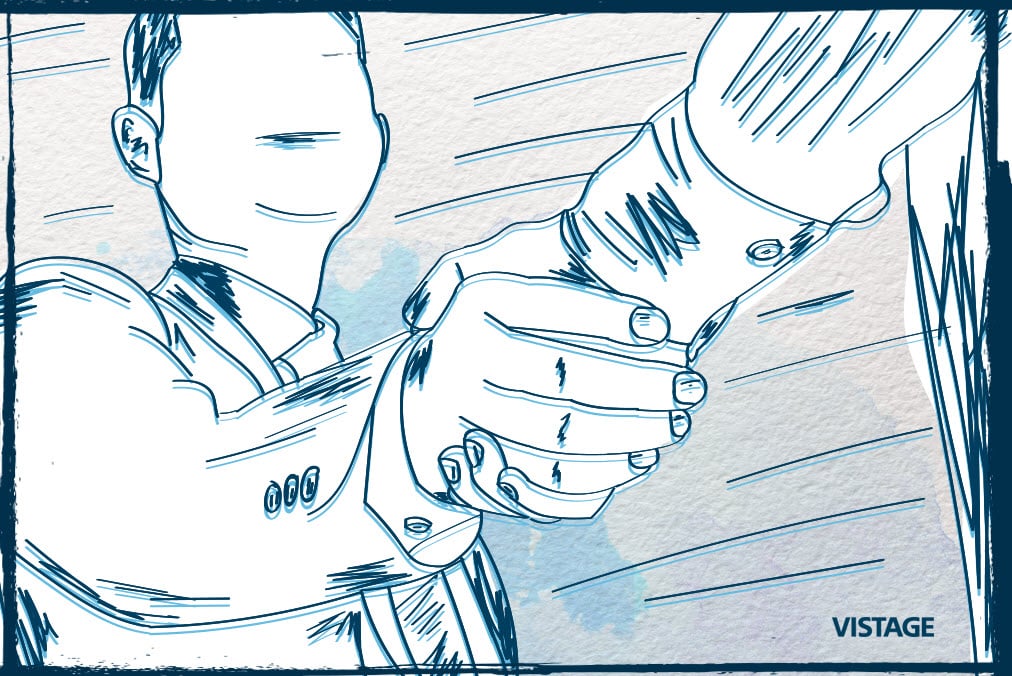Five Ways to Manage Conflict

Conflict is a part of business life. In any given day, you may be involved in conflict as either a participant or an overseer. In each case you’re expected to play a role in the management of the conflict, hopefully in its constructive resolution.
Chances are you have a certain style for managing conflict. If you don’t think you do, your subordinates undoubtedly would attribute one to you. Perhaps you’re recognized as a skillful negotiator, a compromiser, or a dictator whose tolerance for conflict is minimal. To help clarify the alternatives available to you, here are five styles of conflict management, followed by a brief quiz to see whether you know the situations where each would be most effective.
- Forcing All or nothing. Only one party can win – by force, if necessary.
- Avoiding Stay out of it.
- Yielding Withdraw and let the other party win.
- Compromising Employ give-and-take so that the resulting agreement partially satisfies each of the conflicting parties.
- Problem solving A collaboration which brings out and satisfies the fundamental concerns of each of the parties, perhaps after many time-consuming and soul-searching discussions.
Each conflict management style above is most appropriate to two of the situations listed below. See if you can determine the best style to each of the following:
Situations
- Wage negotiations with a union.
- As a user of financial reports, you have become involved in a conflict between the controllers office and top management.
- This afternoon’s management meeting has been called to determine space requirements in a new office building. Arguments have been heated. Recommendations must be submitted by the end of the day.
- 50% of a product run has been rejected by quality control. Changes must be made immediately and your subordinates disagree on what should be done.
- You’re having a running argument with marketing, which is committed to a huge advertising campaign for product features that you feel are impractical.
- An ongoing personality conflict has been hampering productivity among your subordinates.
- Two top managers are having a fight. You have a third option, but you know neither of them will like it.
- You know your people will react negatively to a new company policy, but you also know it’s in the company’s best interest.
- You are involved in a conflict with another department head, but you’ll need her support next month for a proposal of your own.
- You need agreement on the application of new office procedures. Your people have conflicting opinions.
- Forcing is best used when quick, decisive action is vital, such as in #4. It’s also necessary in situations where unpopular, but necessary policies or practices must be implemented (#8). If a situation is not critical, a forcing position can make lasting enemies.
- Avoiding conflict is a good posture in situations where you are an outsider (#2) or where you are relatively powerless (#7). It’s also appropriate when people (or you) are too emotional and need to cool down. In the long run, however, consistently avoiding conflict is a negative, branding you as someone with few options and little to contribute.
- Yielding can be very effective when you recognize that the issue is much more important to the other party then to you (#5) or where you want to gain allies (#9). If you’re going to yield, it’s important to do so on the right issues and before you become too committed to your own approach.
- Compromising is often the most appropriate mode when both parties have equal power, such as in union negotiations (#1). It also may be necessary when under time constraints (#3). Remember, however, that compromising always leaves each party somewhat disappointed, with unresolved issues that are sure to arise again.
- Problem-solving is the best mode for long-term results, but it doesn’t work in all circumstances. It works well when resolving personality conflicts (#6) and when cooperation and commitment are needed (#10).
The easiest conflict trap is to feel constrained to one method, because, perhaps, it’s the one that comes naturally to you. An understanding of alternatives, coupled with reflection prior to a confrontation, can result in choosing the most effective posture.
Some conflict styles back up others. Thus, if problem-solving doesn’t work, compromise, forcing, or yielding can be used.
The final word: Conflict resolution is not always possible. Remember, the objective is to manage conflict instead of letting conflict manage you.
****
About the Author: John A. Page, LFHIMSS
John is an accomplished executive with impressive senior-level strategic management experience and success recognized industry-wide for contributions to healthcare information technology and management systems. Nationally respected on topics of social media, technology and strategic business alignment, he serves as a Vistage Chair and Host of CEOIntroNet TV Chicagoland as well as an advisor to Boards and business leaders.
Category: Communication & Alignment

